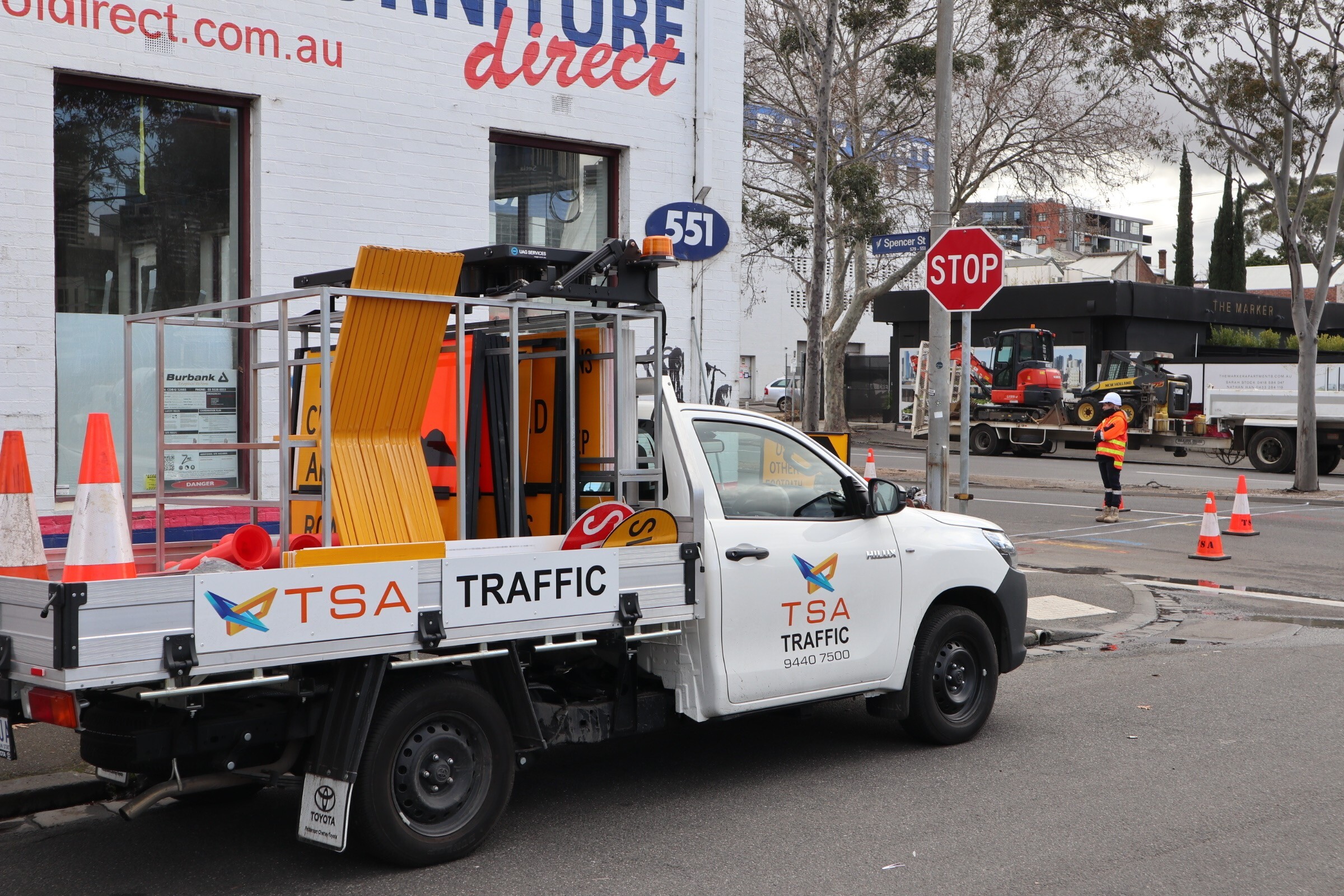Small cells use in providing in-building and outdoor wireless coverage. These small cells are used in the 4G and 5G networks that connect your mobile and other digital devices with the internet.
Small cells use in providing in-building and outdoor wireless coverage. These small cells are used in the 4G and 5G networks that connect your mobile and other digital devices with the internet. Small cells take advantage of low-power, short-range wireless transmission systems. Let’s have an overview of 4G and 5G small cell technology.
4G (Fourth generation) small cell technology
‘G’ stands for a generation so 4G is the fourth generation and 5G is the fifth generation. 4G works in a quite similar way as 3G but quicker. 4G is completely IP-based, which uses internet protocols for voice data. 4G allows wireless coverage to hit several places that have never been serviced using 3G. 4G provides quicker communication through video streaming, e-mail and social networking, and many others. Small cells are the future of long term evolution (LTE) networks. The most significant in 4G networks is the heterogeneous network (HetNet). With the help of HetNet, the mobile network is structured with layers of small and large cells.
5G (Fifth generation) small cell technology
5G is capable to support millions of smartphones at ultra-fast speeds. It also has the potential to change the lives of people around the world. 5G technologies aim to enhance the mission-critical services that have an impact on the safety and protection of services. The speed of 5G is 20 times higher than 4G LTE. 4G LTE has a speed of 1GB per second while 5G has a speed of 20 GB per second. 5G operates in a high-frequency radio spectrum band. The 5G network will be based on small cell site technology with antennas as near as 500 feet away because high-frequency signals are more difficult to travel over distance and across objects. There are three types of 5G small cells.
- Femtocells.
- Picocells.
- Microcells.
All types have different coverage boundaries. Femtocells reach 10 meters, picocells 200 meters, and microcells around 2 kilometers. In 5G, small cells make their connection through macro cells. The connection builds before sending data from one small cell to another in a relay. It enables to carry signals to large distances.
5G small cell Installation
5G is a collection of new technologies especially involving small cells. Tradetech Services Australia (TSA) hauls underground optic fibre extensions to local street poles. We are delighted to be part of the 5G roll out, delivery compact area solutions with effective channel communication. Traditional cell towers need a lot of area in the establishment, and results were not up to the mark. Using 5G small cells, large cell towers is eliminated. TSA is providing world-class services in installing 4G and 5G small cells. If you are looking for quality 4G/5G installation services, TSA is your expert 4G/5G small cell installation specialist in Melbourne. Contact us now for more information.


